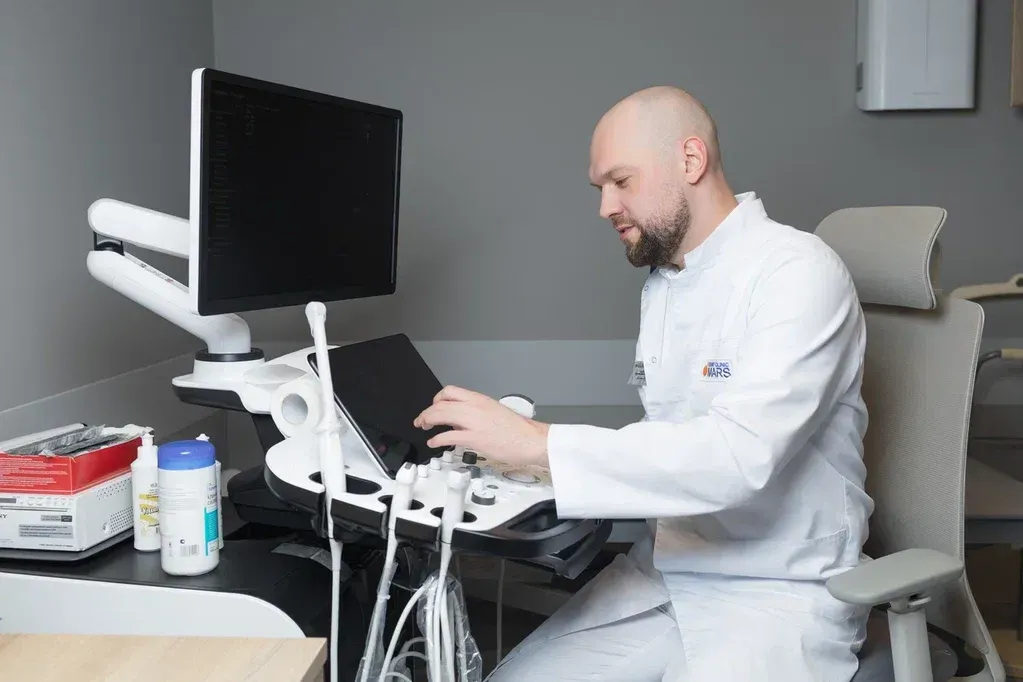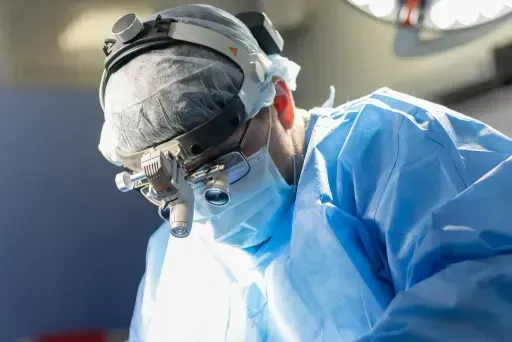Erectile dysfunction (ED)
A disorder in which a man experiences constant difficulties in achieving or maintaining an erection sufficient for full sexual intercourse. This condition affects up to 39% of men over the age of 40 and more than 67% of men over the age of 70.

Erectile dysfunction has many possible causes, which can be both physiological and psychological. Physiologically, ED occurs due to impaired blood flow in the corpus cavernosum of the penis, decreased testosterone levels, and damage to nerves or blood vessels. Chronic conditions such as atherosclerosis, hypertension, diabetes mellitus and lipid metabolism disorders directly affect the functioning of the vascular system and can be the root cause of ED. In addition, certain medications, such as antidepressants and blood pressure medications, can have an effect on potency. On the other hand, psychological factors such as stress, anxiety disorders, and depression also play a significant role in the onset of ED. The psychological nature of this condition is more typical for young men and can worsen in conditions of chronic fatigue, psychoemotional stress or disharmony in relationships. In some cases, ED is a symptom of other serious diseases, such as cardiovascular diseases and diabetes.
Causes
Atherosclerosis and cardiovascular diseases
Diabetes of any type
High cholesterol and hypertension
Smoking and alcohol abuse
Chronic liver and kidney diseases
Endocrine disorders (low testosterone, thyroid dysfunction-hypothyroidism)
"Large-scale" operations in the pelvis and lower abdomen (prostate, bladder, intestines)
Psychological problems: stress, depression, anxiety
Taking certain medications (antidepressants, antihypertensive agents)
Symptoms
Difficulty getting an erection
Inability to maintain an erection during sexual intercourse
Decreased sexual desire (libido)
Psychoemotional disorders such as stress and anxiety
The appearance of symptoms of fatigue or decreased energy
After-effects
ED can affect not only a man's physical but also his mental health, cause a decrease in self-esteem, and lead to problems in intimate relationships and in the family. In addition, ED sometimes indicates serious illnesses that can progress if timely treatment is not started. For example, atherosclerosis and coronary heart disease, which lead to ED, can eventually cause a heart attack or stroke. With advanced diabetes, the risk of ED increases to 50%.
Лечение

Conservative treatment
Conservative treatments for ED include drug therapy, lifestyle adjustments, and physiotherapy. The first step of treatment usually involves medications that stimulate blood flow in the penis. Physiotherapy methods such as shock wave therapy aimed at improving blood supply to the corpus cavernosum are also effective. In some cases, vacuum devices are used to create artificial erections or urethral suppositories. Patients are advised to adjust their diet, lose weight, and give up bad habits to improve treatment outcomes.

Surgical treatment
Surgical intervention in ED is used in the absence of the effect of conservative treatment. The most popular method is the installation of a perilous implant, which allows you to restore an erection even with serious blood flow disorders. Also, in some cases, bypass surgery of the penile artery may be used to restore blood flow. This method is indicated for patients with vascular problems caused by injuries. Surgical methods are effective, but require careful preparation and assessment of the patient's health status.
Schedule a visit to the clinic
How to reach
Moscow, 1st Yamskogo Polya Street, 15
Mon–Sun Around the clock
+7 495 255-50-03
How to get
From the Belorusskaya metro station of the Zamoskvoretskaya line - exit 4 After exiting the subway, walk through the pedestrian tunnel and climb the stairs. Move towards the railway tracks, go down the stairs immediately after them and walk along the house, then turn right onto 1st Yamskoye Pole Street. At the turn to 3rd Yamsky Pole Street, cross the road at the pedestrian crossing and continue along 1st Yamsky Field Street, after a few buildings on the left you will see Olympus Clinic MARS.
Travel time
9 minutes
Landmark
Olympus Clinic MARS sign
How to get
From the Belorusskaya metro station of the Ring line - exit 2. After exiting the subway, turn left and walk to the pedestrian crossing. Cross the road through two pedestrian crossings and move along the Tverskoy overpass. Go down the stairs immediately after the railway tracks, walk along the house, then turn right onto 1st Yamskoye Pole Street. At the turn to 3rd Yamsky Pole Street, cross the road at the pedestrian crossing and continue along 1st Yamsky Field Street, after a few buildings on the left you will see Olympus Clinic MARS
Travel time
11 minutes
Landmark
Olympus Clinic MARS sign


